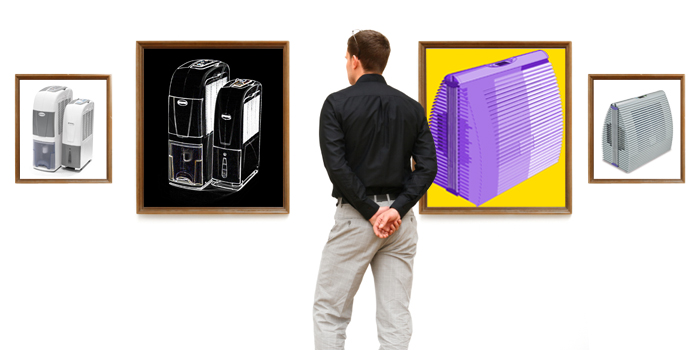
Yes, but is it art? It is a question that has been asked since time immemorial. But what is art? Art is the product of a process within a process for art has changed and developed just as man and the notions he has regarding his existence and the perceptions he has of his environment and the society and the community he lives in have changed and developed. Art is not just a painting on a canvas, a haunting symphony, a beautiful ode or a mural on a wall. Art can be so many different things to just as many different people: it is art when it rouses the senses, when it moves, shocks or startles the beholder and it is art when the symbolism of the artist’s work leaves a deep and lasting impression, as frontiers are pushed back further and further and the DaVincis, Monets, van Goghs and Picassos of yesteryear are succeeded by the Beuys, Dalis, Warhols and Hirsts of today.
The works these artists have produced are as traditional as they are controversial. Yet whether it’s an Old Master hanging from a specially appointeded space on a specially appointed wall, a dead cow preserved in a glass case of formaldehyde or Tracey Emin’s unmade bed alive with the shockingly intimate details of her past night, there is one thing which they all have in common – they all need to be protected against the adverse or even devastating effects which the wrong indoor climate can have on such masterpieces and milestones in the history of art.
If the air in a museum or gallery is too dry, then certain materials like wood or fabric can crack, tear and become spongy and other media like paint and varnish can start to flake and peel off. And if the relative humidity is too high, then paintings, for example, can literally absorb the moisture in the air and cause the canvas or the frame to swell up and split. In addition, a relatively low relative humidity of only 65% can provide the ideal breeding grounds for mould and rust and trigger a chain of complex chemical reactions which could all seriously affect the pleasure we get from such pieces of art as well as their value. And just in case you thought this was all that a curator, museum technician, art director or gallery owner has to worry about, it is important to keep in mind that fluctuating temperatures and relative humidity levels are just about the worst thing that can happen to their precious pieces of art – short of them being stolen, of course.
That’s why it is essential that both the temperature and the relative humidity are kept at constant levels – and, paradoxical as it may at first seem, that exactly these levels can be changed so that the room climate which may be ideal for one piece of art can be varied to provide the ideal environment for another.
So, as we can see, achieving the right room climate is indeed an art. Be it in a museum, a gallery or in your own four walls. Yet thanks to modern technology and a whole range of excellently-equipped dehumidifiers all designed to protect you, your family, your property – and any exhibits which you may happen to have – from the adverse effects of the wrong indoor climate while at the same time ensuring that you feel comfortable with the room climate setting you have selected, it is an art that you yourself can refine to suit your personal needs.
The flexible dehumidification and humidification product solutions from Trotec allow you to determine the room climate and decide which relative humidity is right for your own individual application.
It’s an art – not magic. You can trust us. We are Old Masters in the field of climate conditioning.
Trotec. In a class of its own.

